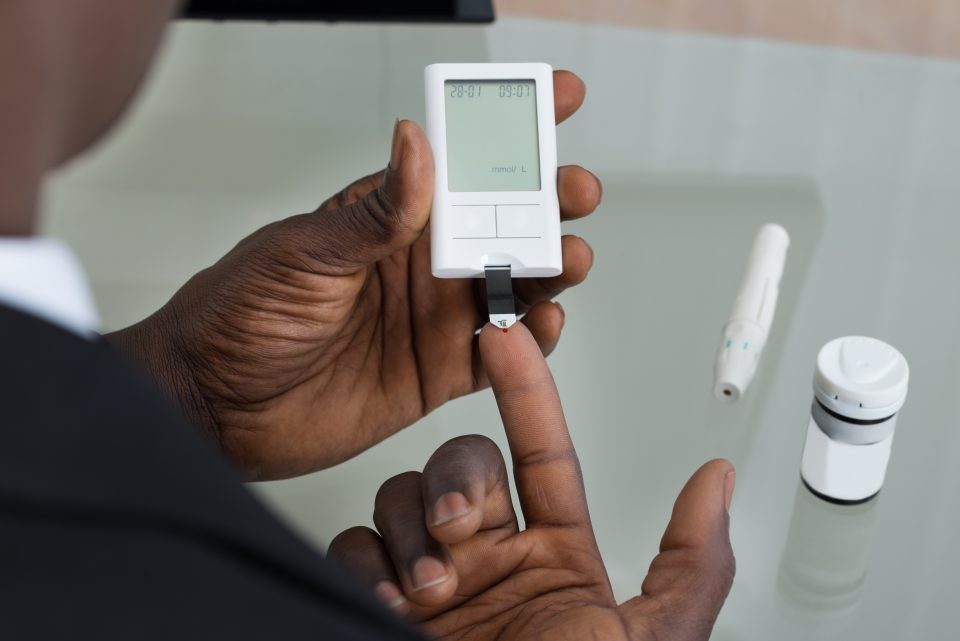
Diabetics are more sensitive to summer heat, so preparing for the hotter months of the year is imperative as heat can affect blood sugar levels. Patients who take insulin to control blood sugars could be at higher risk of health maladies during the summer.
Keeping your blood sugar under control is the primary objective. If you are highly active in the summer, controlling your blood sugar levels can be challenging. If your blood sugars are mostly higher than 250 mg/dl, it is best to improve your blood sugar control before engaging in heavy physical activity in warm temperatures.
Did you know a lot of diabetics have suffered from complications from diabetes which have resulted in nerve and sweat gland damage? That means many diabetics are unable to sweat properly. If diabetics are not careful, this condition can escalate as the temperatures rise. Diabetics are also at risk of heat exhaustion and heatstroke.
How the heat affects insulin levels depends on three factors: What you’ve eaten, whether you’re well-hydrated and your activity level.
Glucose levels rise if heat, activity and sweat are combined, often causing dehydration. When you are dehydrated, blood glucose levels will rise. That will lead to frequent urination, causing more dehydration and higher blood sugar levels. The real danger is when dehydration reduces blood supply to the skin because it will prevent the body’s ability to absorb the insulin.
For these reasons, diabetics need to be very careful in the summer heat, especially when exercising outdoors. To that end, rolling out has prepared a list of 10 ways people living with diabetes can safely enjoy the summer fun.
Find the full list on the next page.













